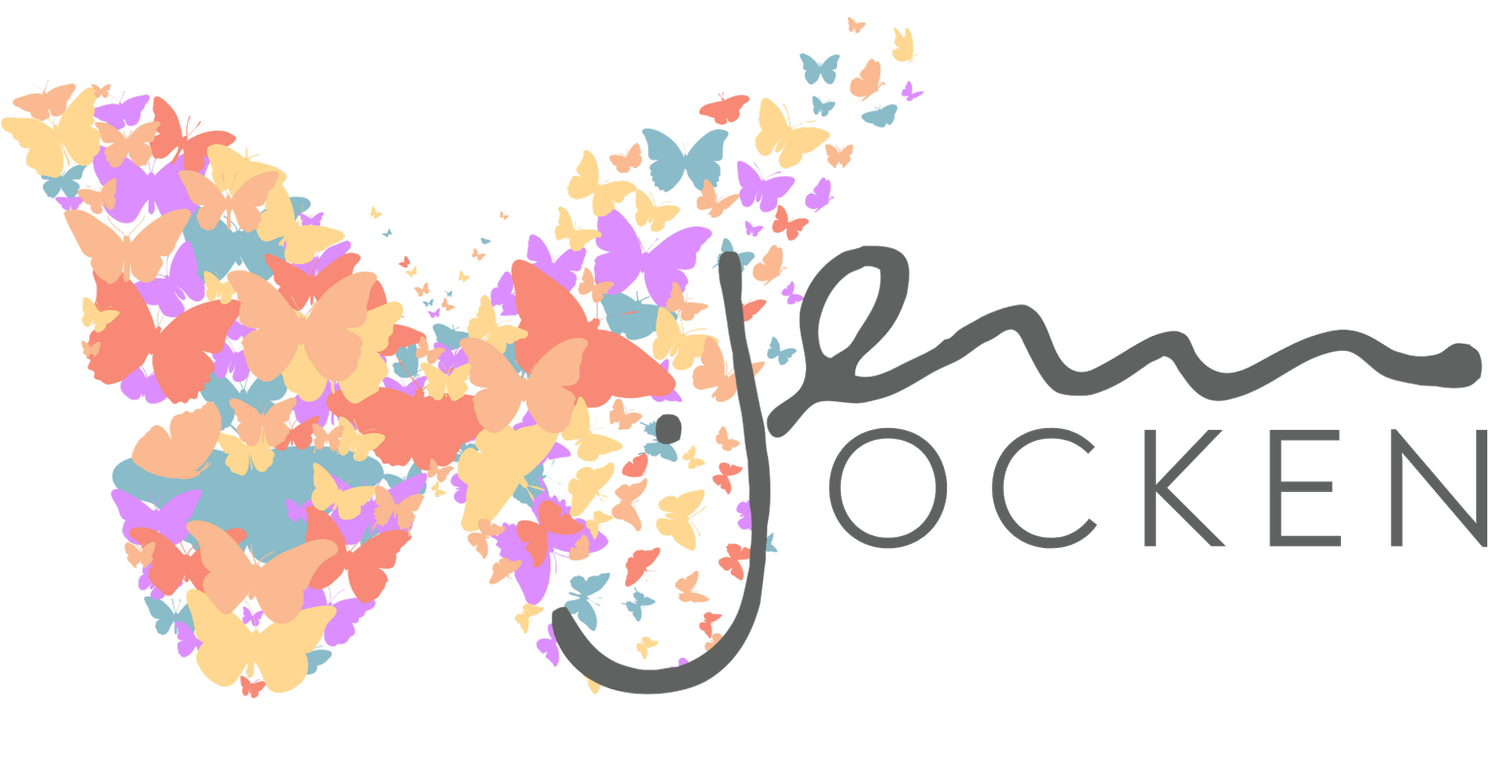How to Schedule the Right Kind of Nothing
The Most Creative Thing I Did This Week Was… Rest.
You’ve heard people say, “Rest is important.” Me?
Hi that’s me! I am that person.
And I take rest seriously. Maybe that’s why I get along with my dogs so well — they’re professional nappsters.
I’ve been known to say on stages and in sessions that rest is a leadership strategy.
And not the collapse-on-the-couch-because-you’re-burned-out kind of rest. I mean intentional, creative rest that makes space for momentum to actually mean something.
This week, inside my Creative Blocking rhythm, I noticed something: I wasn’t avoiding work. I was avoiding rest. And that avoidance? It was costing me clarity, adaptability, leadership, and momentum.
So instead of “pushing through,” I let one of my creative blocks become what my body and brain were really asking for: a rest block.
Not a nap. Not a cancel-everything-and-disappear-for-a-week plan (though tempting). But a clear, conscious choice to refill my tank instead of just emptying my inbox.
A C.A.L.M.-Aligned Practice in Capacity, Rhythm, and Permission
This is Creative Adaptive Intelligence (CAI) in action — the capacity to navigate uncertainty with clarity, creativity, and values-driven action. Through the C.A.L.M. Framework, rest shifts from indulgence to intelligence:
Clarity: Rest reveals what’s actually running in the background of your brain. You might think you need better time management, but what you really need is a clearer signal from yourself.
Adaptability: When you’re well-rested, you respond. When you’re depleted, you react. Rest gives you the elasticity to meet life as it is.
Leadership: What if leadership looked like modeling nervous system regulation instead of chronic availability? Rest communicates trust — in yourself, in your team, in the future.
Momentum: Rest isn’t the opposite of progress. It’s the foundation of it. One well-placed rest block can do more for your momentum than a to-do list on fire.
The 7 Types of Rest (And Which One You Might Actually Need)
Thanks to Dr. Saundra Dalton-Smith’s work in Sacred Rest, we know that not all rest is the same. You may be creatively blocking your time — and still not feeling refreshed. That doesn’t mean rest “didn’t work.” It may just mean you chose the wrong kind.
Here’s the no-pressure rundown, with examples you can actually try:
1. Physical Rest → Sleep, stretching, yoga, massage that lets your body recover. What it restores: your body’s ability to regulate. Try: Legs up the wall for 10 minutes. Slow stretches to old favorite music.
2. Mental Rest → Give your brain a breather. What it restores: clarity, focus, and peace from cognitive overload. Try: Staring out the window for 10 minutes without solving anything. Journaling brain loops onto paper.
3. Sensory Rest → Shut down the lights, screens, and scrolling. What it restores: your nervous system from overstimulation. Try: Digital detox walk. Quiet room with soft light. Eyes closed in silence for 5 minutes.
4. Emotional Rest → Permission to not perform. What it restores: authenticity and emotional bandwidth. Try: Crying in the car. Voice texting a friend with unfiltered honesty. Not pretending you’re “fine.”
5. Social Rest → Recalibrate connection. What it restores: energy from overexposure. Try: Cancel plans without guilt. Be with people who require nothing from you. Log out of social media for a day.
6. Creative Rest → Wonder, not work. What it restores: imagination and inner spark. Try: Wander a museum. Watch a sunrise. Doodle with no agenda.
7. Spiritual Rest → Connect to something larger. What it restores: meaning, purpose, perspective. Try: Write down three core values and let them guide a decision. Look at the sky and remember you belong.
What Kind of Restoration Are You Craving?
Creative Blocking isn’t just for focus. It’s also a brilliant way to schedule the right kind of nothing.
Not the collapse-on-the-couch kind. The kind that restores your clarity, capacity, and creative power.
So this week, instead of asking,
“What can I get done?”
Try asking:
“What kind of restoration am I craving?”
Then — lock it in. Name it. Show up for it like you would a client, a boss, or a big meeting. Because it is that important.
Reframe a Creative Block as a Rest Block
When you’re using your Priority Checklist + Week-at-a-Glance, don’t just schedule work. Make room for restoration.
Examples:
Mental Rest: Quiet walk, no phone.
Emotional Rest: Journaling with no filter.
Sensory Rest: Digital detox hour.
Creative Rest: Sit outside with a notebook — no agenda.
Physical Rest: Legs up the wall for 10 minutes.
Spiritual Rest: Ask yourself, “What do I already know that I’ve been ignoring?”
Here’s the magic: label the block by the type of rest, not the task.
Not “email cleanup.” → Try: “Mental rest through gentle sorting.”
Not “walk the dog.” → Try: “Physical rest through movement.”
Because rest doesn’t happen by accident. Especially not the kind that restores your mind, body, and purpose.
Why This Matters
Scheduling intentional rest isn’t weakness.
It’s leadership.
It’s self-care.
It’s strategy.
It’s also Creative Adaptive Intelligence.
By practicing CAI, you compost the false urgency that drives hustle culture and cultivate rhythms that regenerate energy instead of deplete it.
That’s what sustainable leadership looks like.
That’s what real creativity requires. And that’s why sometimes, the smartest thing you can schedule is nothing at all.


